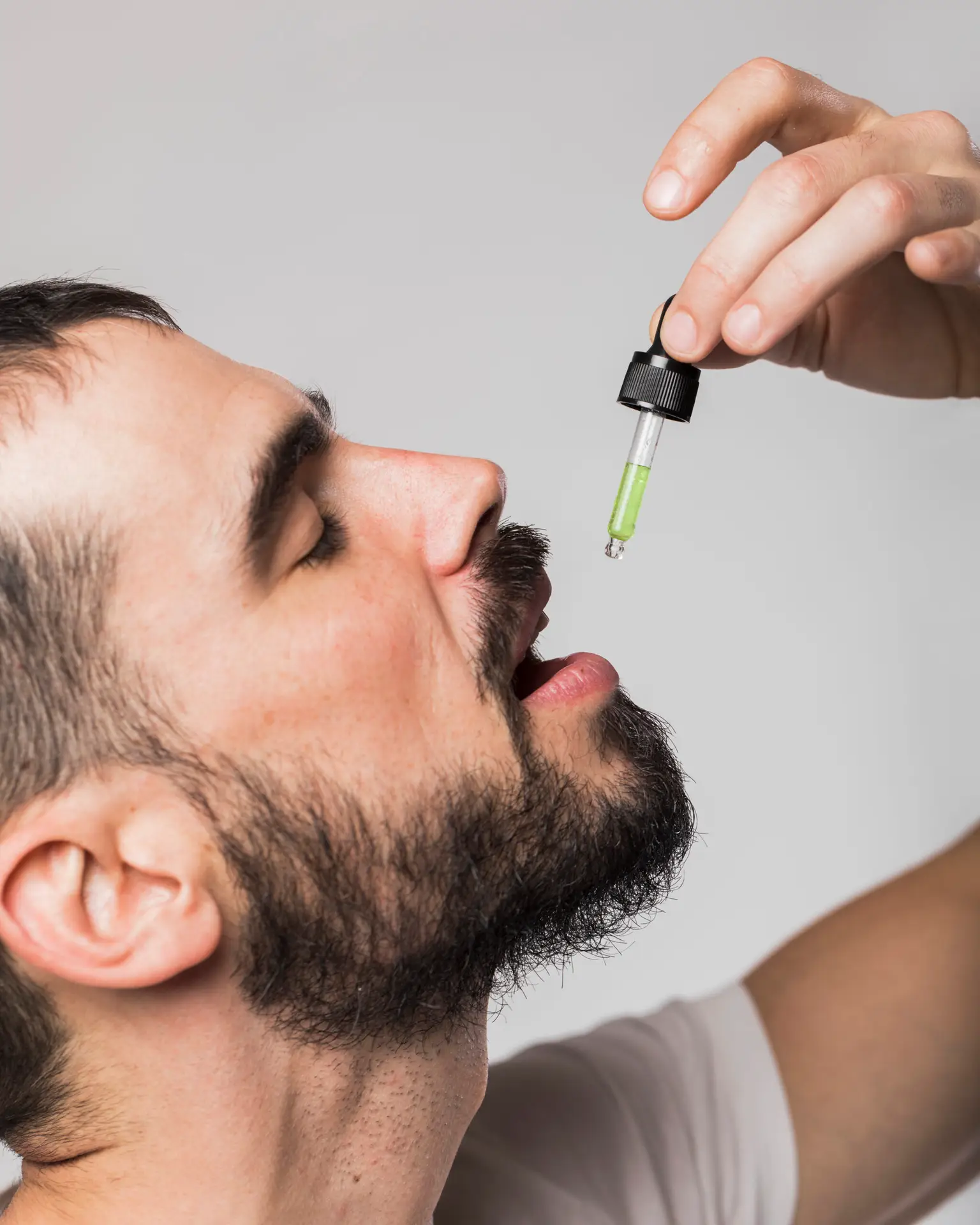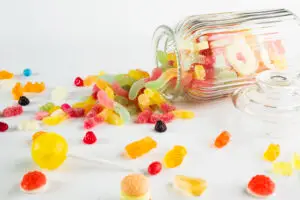Are you among those who think that the term CBD or THC has been discover recently? Many people do believe the same. However, let’s make it clear to you that scientists isolated these two compounds from cannabis plants in the early 1940s for the first time. Researchers continue to study these two compounds. They aim to understand their characteristics, effects, and medicinal benefits in a better way.
Their popularity graph has especially gone up with the evolution of studies about these cannabis plants. CBD and THC have been the centre of attention of the mainstream media in recent years. In this article, we will learn more about the similarities and dissimilarities of CBD and THC, their benefits or side effects on the human body and legality in the United States.
What is the CBD?
Let’s try to discover a little about one of the main cannabinoids. Cannabidiol is a unique chemical compound found in cannabis sativa plants. A cannabis sativa plant is categorise into three types depending on its CBD and THC production potentials:
- Type-I cannabis sativa consists of over 0.3% THC and below 0.5% CBD.
- Type-II cannabis sativa consists of above 0.3% THC and 0.5% CBD.
- Type-III cannabis sativa consists of below 0.3% THC and over 0.5% CBD.
The first two types of cannabis sativa are classified as marijuana. At the same time, the last type is classified as hemp, which is illicit in the USA. It is possible to extract CBD from any cannabis sativa plants. We have discussed it in detail in the following section.
Read More: Sour Cookies Weed Strain
What is the THC?
Delta-9-tetrahydrocannabinol is another prominent cannabinoid. THC is a chemical compound derived directly from cannabis sativa plants. It is primarily known for producing the intoxicating, psychoactive “high” effects that are usually associated with cannabis.
Difference Between CBD and THC:
As we know before, CBD and THC belong to the same plant. But both have unique chemical structures and effects. Also, they uniquely interact with the human body. Because of these fundamental differences, the U.S. legitimate system treats each of them differently.
Overview of the Chemical Structure:
Nick Jackowetz and Soheil Hajirahimkhan are chief scientific officers and heads of research and development at Cirona Labs. They have illustrated the chemical structure of THC and CBD. They added that both are isomers from the chemistry perspective.
They have the same chemical formula (C21H30O2) but different chemical structures. The structure of CBD contains two 6-membered rings. At the same time, THC has an additional 6-member ring that is formed through an ether bond.
CBD and THC combine differently with the receptors in the human body’s endocannabinoid system. It assists in regulating the central nervous system, synaptic plasticity, and the body’s response to outer stress.
The two primary receptors present in the ECS are CB1 and CB2. The former is found mainly in the brain and central nervous system, and the latter in the immune system. THC is most likely to bind with both receptors, while CBD holds little association for each.
The high effect of THC arises due to its binding with CB1 receptors. The reason why CBD doesn’t give a similar intoxicating effect is that it is unable to attach to the CB1 or CB2 receptors. However, CBD binds to the receptors when taken along with THC. It blocks THC from binding with them afterwards and produces such effects itself.
Overview of the Psychoactive Properties:
THC is a chemical compound that is known for producing psychoactive effects, but not CBD. However, in the words of Monique McHenry, director of the Medical Cannabis Center for Research & Education, it is a huge misconception.
Lauren Rudick also agrees with the words of McHenry. She is a partner in the cannabis practice at Hiller, PC. She added that CBD is still psychoactive and affects the mind, and it’s merely not intoxicant and doesn’t affect function.
THC shows a high effect due to its binding with CB1 receptors. At the same time, CDB doesn’t show any such binding, so it doesn’t give a similar intoxicating effect.
It is better to consume CBD and THC together to alleviate the intoxicating effects of CBD. During their consumption, CBD binds to the receptors and blocks the way through which THC binds with receptors.
The Legality:
Now, have a look at the legitimate status of THC and CBD in the United States. According to the 2018 Farm Bill at the federal level, hemp derivatives such as CBD products are legal. But the condition is that they must not contain THC over 0.3% on a dry weight basis. Cannabis products containing THC more than the said percentage are yet to attain legitimate status under federal law.
It is an issue. However, laws regarding cannabis and hemp vary from state to state in the USA. As of November 2021:
- Nineteen states permitted the recreational and medicinal use of cannabis for adults.
- Seventeen states approved the therapeutic use of cannabis.
- Eleven states approved the use of low-THC/CBD products.
- Three states have not allowed any use of cannabis.
There is confusion among cannabis users because of competing state and federal laws and modern-day regulations. 84 CBD products were analyse in a study, concluding that 69% of the products misquoted their CBD concentrations. Their concentration was either overstated. Moreover, nearly 21% of the products composed THC without labelling them as such.
The Drug Testing:
There is a general perception that drug tests are done to detect THC but not CBD. Well, a drug test can be done to test CBD, depending on the person awaiting the results and their use. It is possible to detect THC via a drug test despite using hemp-derived CBD products. These products contain less than 0.3% THC (legal amount).
Steven Phan is a founder of Come Back Daily, which is a CBD dispensary in New York. He influenced the utilisation of CBD isolate or broad-spectrum CBD for those looking to use CBD products. Both of them eliminate the THC content. For comprehensive guidance, consult a medical professional to learn CBD use or a particular drug test.
The Side Effects of THC & CBD:
It is time to extend our discussion to the side effects of THC and CBD. Their side effects do vary from product to product. If we look at THC, its use produces intoxication effects like dizziness, bafflement, and paranoia, and it dries the mouth. Its excessive use can induce severe impacts that lead to panic attacks and psychosis, eventually hospitalisation.
On the other hand, this impact is lower in the case of CBD. It doesn’t induce the circumstances that lead to hospitalisation despite excessive use. However, excessive dosage may result in insomnia or liver issues on long-term usage. Alot more study is a must to illustrate this scenario. CBD typically stems from other ingredients like coconut oil, which can cause severe digestive effects.
Potential Benefits of CBD & THC:
The use of CBD and THC can induce several benefits to the human body. Their use assists in overcoming sleep issues and chronic pain. CBD is most associated with treating stress and anxiety. CBD and THC can altogether offer many medical benefits. A few of them are listed here.
Nabiximols (mainly known by the brand called Sativex) contain THC & CBD by a ratio of 1:1. Its use can reduce the symptoms of multiple sclerosis and cancer-related pain. It is currently use in over 27 countries except the United States. Clinical studies also reveal that their blend can diminish the symptoms of PSTD and ALS.
Final Words
In conclusion, CBD and THC have originated from the Cannabis Sativa plant. They have unique chemical structures and effects on the human body. They offer plenty of health benefits, but at the same time, their long-term or excessive use is adverse for the user. We have covered their similar or unlike features in detail. Read the article to understand the complete info.



